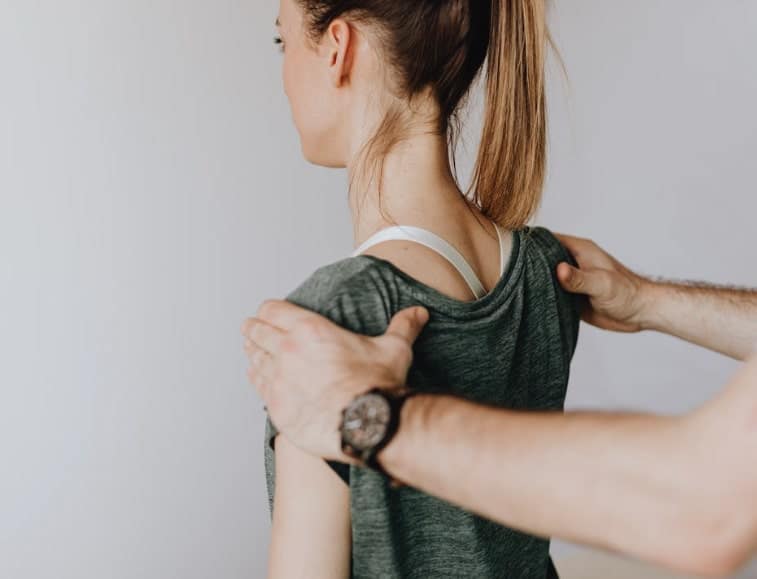
What is a Labral Tear?
The shoulder joint is made up of an extremely shallow glenoid fossa on the shoulder blades and a large humeral head. Its primary purpose is to provide as much movement as possible at the expense of stability. In order to increase its stability, the labrum forms a cartilaginous ring around the glenoid fossa to increase its depth. The joint itself also creates a "negative pressure" seal to maintain the humeral head in contact with the glenoid fossa. Through trauma or degeneration, a labrum injury or tear will affect the stability of the shoulders and may result in pain.The most typical signs of a torn shoulder labrum are shoulder pain, instability, and, occasionally, a sensation of grinding, locking, or catching when moving the shoulder.
Common Types of Labral Tear are:
- Bankart Lesion – excessive shoulder movement in a dislocating position that results in labrum tearing. Most prevalent among athletes.
- SLAP Lesion – “Superior Labrum, Anterior to Posterior” tear. These tears often begin where the bicep muscle tendon attaches at the top of the shoulder. Common in those who partake in repetitive overhead motion are susceptible to these injuries.
As you age, the probability of experiencing a labral injury increases since the labrum will inevitably begin to degenerate. Nonetheless, they continue to be a common source of shoulder pain and instability among younger sporting populations. About 40% of patients with labral tears also have rotator-cuff pathology. Your physiotherapist will be able to examine your shoulder and tell you what the likely origin of your labral tear was, as well as whether there were any predisposing factors.
How can Physiotherapy Help me with Labral Tear?
A treatment programme will be created by a physiotherapist that is specific to your individual presentation. In order to get you back to full fitness, your physiotherapist will perform a complete and in-depth assessment of your condition. Your treatment will typically involve techniques to reduce your pain and restore normal range of motion. After that, you will continue to work with your physiotherapist to strengthen and stabilise your shoulder through a range of exercises. The ideal Physiotherapy programme should include a rehabilitation strategy that helps you return to the particular activities you enjoy.
How can I avoid aggravating my Labral Tear?
- Avoid overhead activities that will hurt your shoulders.
- Good posture-promoting exercises
- Take inflammatory medication.
- Strengthening the surrounding tissues and muscles around the joint
- Consult a physiotherapist to guarantee a speedy and complete recovery.

Written by Sok Tim
Sokhouen is a University of South Australia graduate with a Bachelor of Physiotherapy (Honours) degree. He specialises in treating musculoskeletal conditions such as shoulder, neck, and back pain, as well as sports injuries. He believes in a holistic approach to treatment, emphasising the importance of physical activity and mental health management for long-term wellness.
My Physio My Health
Trust our team of physiotherapists to help you recover faster and improve your quality of life.

